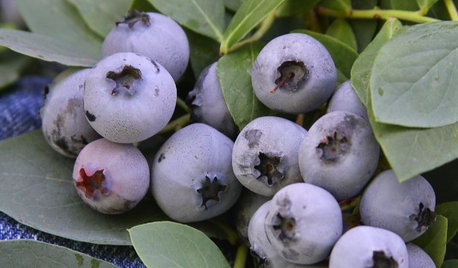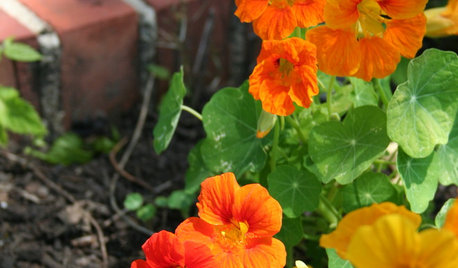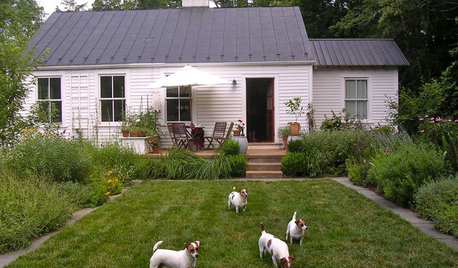Heirloom tomatos tested for disease resistance
plantslayer
13 years ago
Related Stories

EDIBLE GARDENSSummer Crops: How to Grow Tomatoes
Plant tomato seedlings in spring for one of the best tastes of summer, fresh from your backyard
Full Story
EDIBLE GARDENS8 Surefire Vegetables and Herbs for Beginning Gardeners
Learn the edible plants that are popular and easy to grow in a backyard or container garden
Full Story
FARM YOUR YARD6 Things to Know Before You Start Growing Your Own Food
It takes time and practice, but growing edibles in the suburbs or city is possible with smart prep and patience
Full Story
GARDENING GUIDES15 Favorites for Your Summer Edible Garden
Get your summer garden off to a good start with these popular fruits and vegetables
Full Story
GARDENING GUIDESDon’t Let These Excuses Keep You From Gardening
Stop blaming your lack of experience, space, time and funds, and get on with the joy of garden making
Full Story
HOUZZ TOURSHouzz Tour: Virginia Wine Country Cottage
Monticello Neighbors Continue Jefferson's Gardening Tradition
Full Story
FARM YOUR YARD9 Ways to Change Up Your Vegetable Garden for the Coming Season
Try something new for edible plantings that are more productive than ever
Full Story
GARDENING GUIDES7 New Plants to Grow for Beautiful Foliage
Add color, structure and interest to your garden with these recently introduced plants that sport exceptional foliage
Full Story
EDIBLE GARDENSHow to Grow Your Own Sweet Summer Crops
This guide will help any gardener get started on growing the freshest warm-season veggies and berries for summer
Full Story
GARDENING GUIDES10 Easy Edibles for First-Time Gardeners
Focus on these beginner-friendly vegetables, herbs, beans and salad greens to start a home farm with little fuss
Full StorySponsored
Most Skilled Home Improvement Specialists in Franklin County
More Discussions







carolyn137
trudi_d
Related Professionals
Cincinnati Landscape Contractors · Indianapolis Landscape Contractors · Lees Summit Landscape Contractors · Mequon Landscape Contractors · Shoreview Landscape Contractors · Spring Landscape Contractors · West Orange Landscape Contractors · Wilton Landscape Contractors · Vadnais Heights Landscape Contractors · Clarksville General Contractors · Groveton General Contractors · Kemp Mill General Contractors · Valle Vista General Contractors · Canyon Lake Stone, Pavers & Concrete · Myrtle Beach Decks, Patios & Outdoor EnclosuresplantslayerOriginal Author
carolyn137
plantslayerOriginal Author
trudi_d
vikingkirken
mulio
carolyn137
plantslayerOriginal Author
plantslayerOriginal Author
trudi_d
corbie
plantslayerOriginal Author
sautesmom Sacramento
plantslayerOriginal Author
corbie
plantslayerOriginal Author
corbie
mulio
mulio